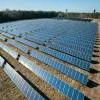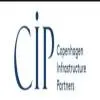Smart office solutions to use energy more efficiently
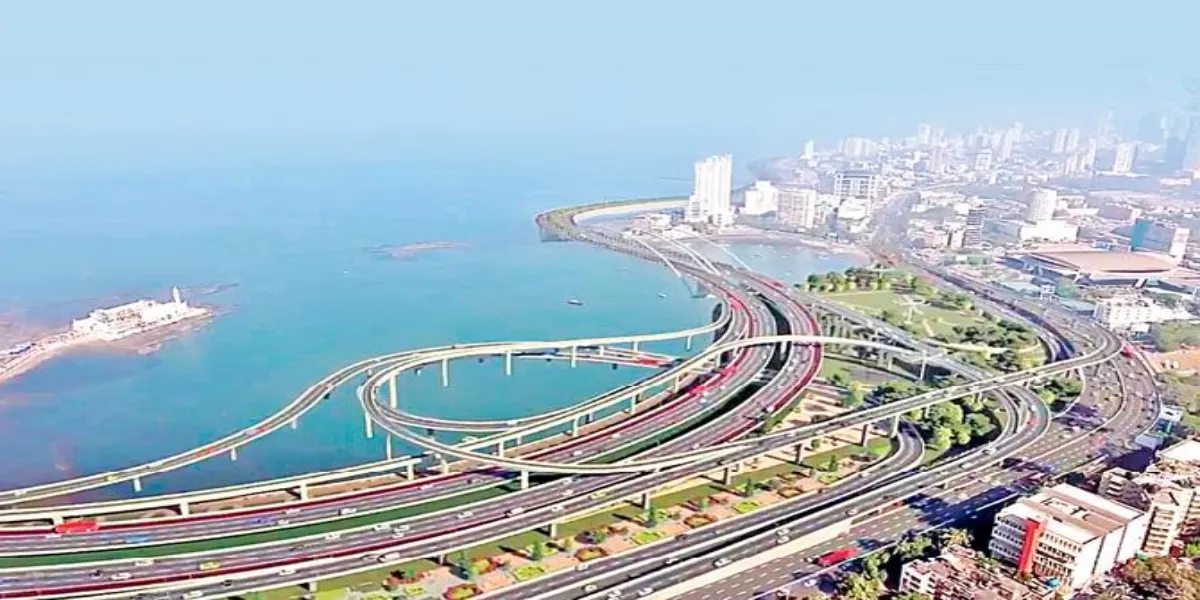
Versova–Dahisar Coastal Road Project to Impact 1,200 Trees
The Versova-Dahisar Coastal Road Project in Mumbai will affect over 1,200 trees, according to the Brihanmumbai Municipal Corporation (BMC). Of these, 990 trees will be replanted, while the remaining will be cut down due to construction requirements. The project, which forms a key extension of the on-going Mumbai Coastal Road corridor, aims to ease traffic congestion in the western suburbs and enhance north-south connectivity along the city’s coastline. The BMC has assured that replantation efforts will be carried out in designated areas to maintain ecological balance and offset the environm..
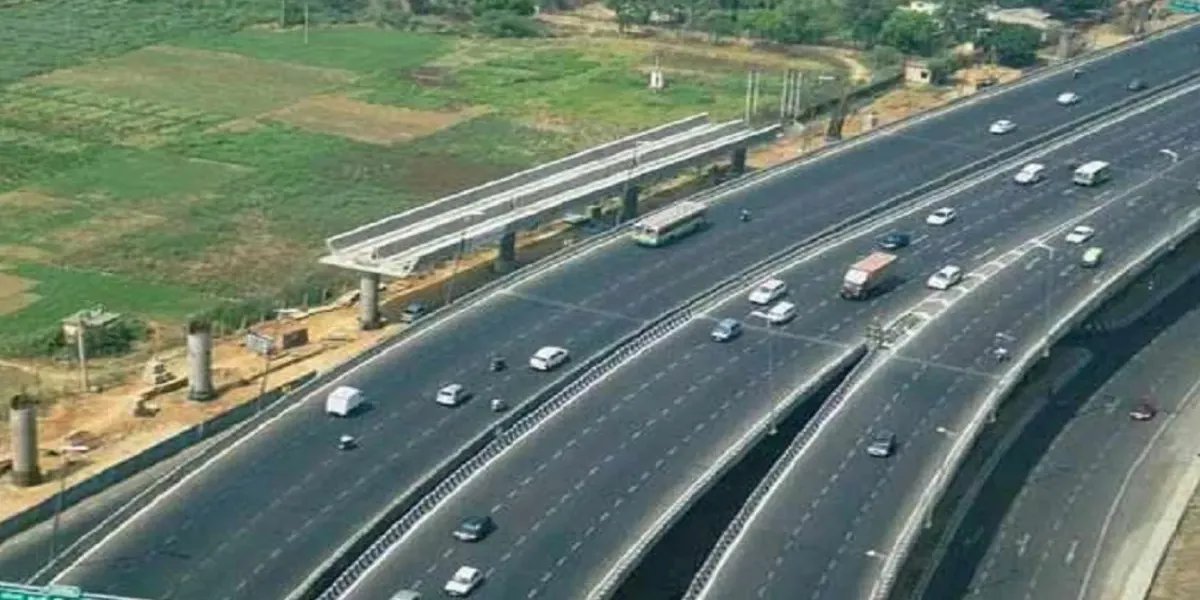
New Entry-Exit Planned on Vadodara–Mumbai Expressway near Ankleshwar
The Vadodara–Mumbai Expressway is set to get a new entry and exit point near Ankleshwar, aimed at improving regional connectivity and reducing travel time for commuters in south Gujarat. The new interchange, proposed by the National Highways Authority of India (NHAI), will offer smoother access to nearby industrial and residential areas. The project forms part of the Bharatmala Pariyojana initiative, designed to strengthen India’s expressway network and boost economic corridors. Once operational, the new interchange is expected to enhance logistics efficiency by offering improved freight..
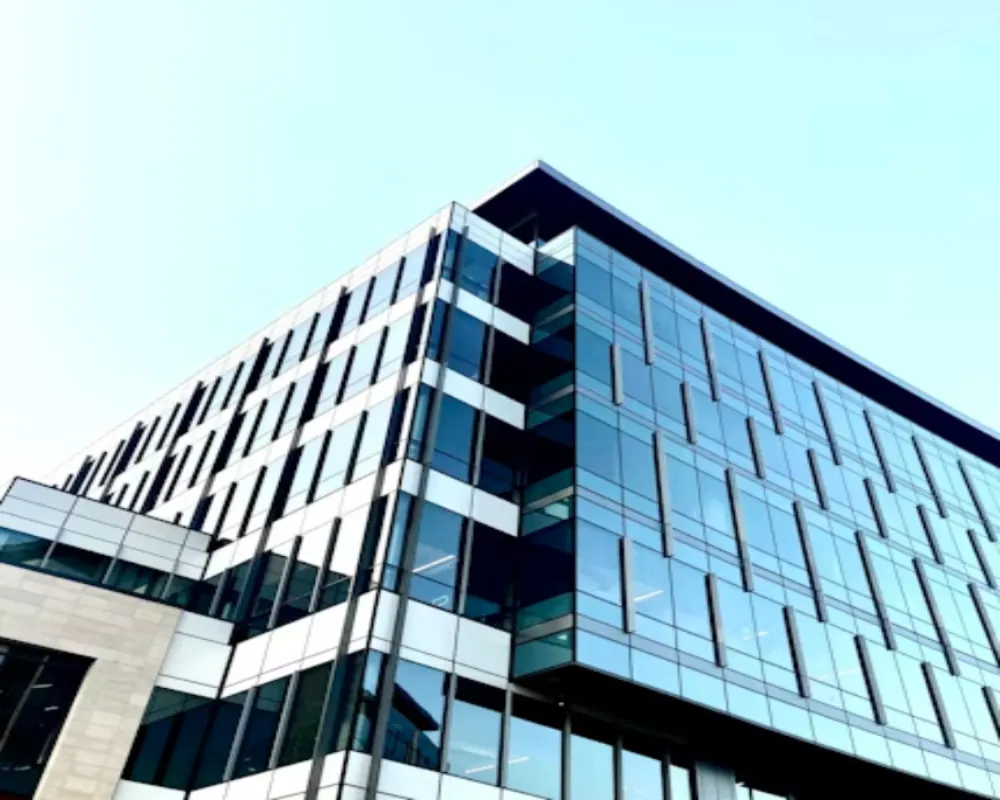
CRISIL Leases Rs 6 billion Office Space in Mumbai’s Powai
CRISIL, a leading global analytics and rating agency, has signed a long-term lease worth nearly Rs 6 billion for about 250,000 sq ft of office space in Mumbai’s Powai. The lease, among the largest in the city’s commercial property segment, spans approximately 15 years.The company will occupy a new building at Hiranandani Business Park in Powai, one of Mumbai’s most premium business districts known for its modern infrastructure and connectivity. The lease, structured on a long-term model, underscores the growing demand for high-quality, large-scale office spaces from financial and knowled..










